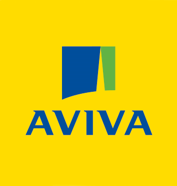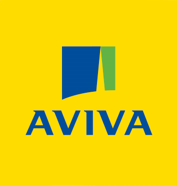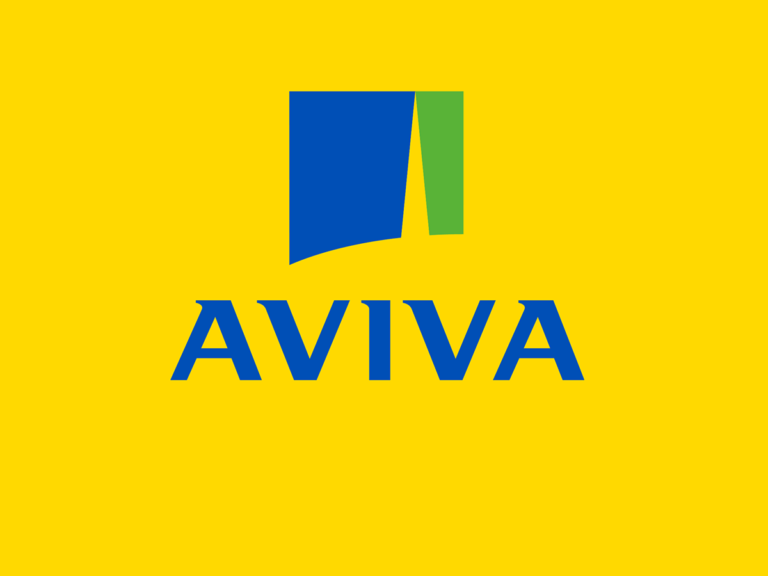Title Page
-
Site conducted
-
Date
-
Completed by
-
Location
-
To view our Loss Prevention Standard that supports this checklist, please view the following link : https://broker.aviva.co.uk/documents/view/aviva_maintenance_regimes_lps.pdf
-
1. Is there a manager responsible for the maintenance programme?
-
Who is responsible?
-
2. Is there a formal asset register, and does in include all the following?<br>• Buildings?<br>• Services and utilities?<br>• Plant and fire protection/detection systems?<br>• Processing or manufacturing equipment?<br>• Spares, etc.?
-
3. Are there formal up todate drawings for the:<br>• Buildings?<br>• Services and utilities?<br>• Plant and fire protection/detection systems?<br>• Processing or manufacturing equipment, etc.?
-
4. Have the buildings, objects, equipment, processes, utilities, activities, etc. on site been risk assessed to understand what are considered important to the site?<br>Has the anticipated downtime, outage and recovery of these been assessed and is it considered acceptable to the organisation's risk appetite?<br>Have these been specifically identified?
-
5. Have all statutory or regulatory required objects and systems etc. been identified, e.g. pressure systems, lifting equipment, DSEAR etc.?
-
6 Have any bottleneck, bespoke or long lead time objects/equipment been identified and their exposure quantified?
-
7. Is there an appropriate system in place for managing all inspections, testing, servicing and maintenance activities?
-
8. Is there an appropriate mechanism in place for ensuring the frequencies for inspection, testing, servicing and maintenance activities are appropriate, based on regulatory requirements, manufacturer/OEM, industry standards, site experience and learning, risk to the business, insurer, best practice ,etc.?
-
9. Does the management system enable you to prioritise tasks?<br>Who and how are priorities established?
-
10. Does the management system enable you to identity task completion rates, and measure this against the number of tasks due?<br>• Based on the priority of the task?<br>• Based on the total number of tasks?<br>• Based on the length of time outstanding, etc.?
-
11. Does the management system enable feedback and recommendations resulting from a completed task?
-
12. Does the management system track any feedback and recommendations through to completion with periodic reminders?<br>How are ownerships assigned?
-
11. Does the management system enable the completion rate of the task feedback/recommendations to be tracked?<br>• Versus the total number of items raised in the system?<br>• Versus the length of time si nce it was raised?
-
14. Does the management system enable trending of any parameters tested for specific tasks, e.g, temperature, pressure, moisture content, etc.?
-
15. Is the management system auditable?<br>Are changes made to the system recorded in the system-date and by whom?
-
16. Are the task frequencies periodically audited to verify their applicability?
-
17. Does the management system enable you to identify and manage spares?
-
18. Have the types of spares needed and the minimum levels of these spares been identified?
-
19. Have critical, important or difficult to replace spares been identified?
-
20. Are spares stored In line with the manufacturers' recommendations?
-
21. Are spares stored in a separate fire area/building to the primary equipment they belong to?
-
22. Are spares for consumables stored in a separate fire area to equipment/production related spares?
-
23. Is there a robust system to replace spares as soon as they are used?
-
24. Is there a separate capital expenditure budget set aside for maintenance activities and spares?<br>How are replacement spares funded?<br>Has an acceptable time been established for replacement of spares once used?
-
25. Are spares inventories audited?
-
26. Are any OEMs, service providers, or spares providers no longer trading?
-
What are the contingency plans?
-
27. Does the learning from any near misses, accidents, failures and incidents feed into the inspection, testing, servicing and maintenance management system?<br>To help maximise leaning how is this formally and consistently completed?<br>How is this shared amongst any other departments/locations within the group or company?
Sign Off
-
Additional comments:
-
Completed by (Name and Signature)


















